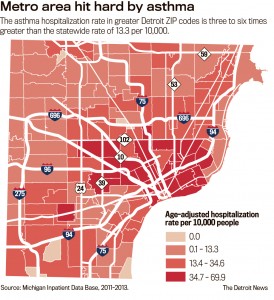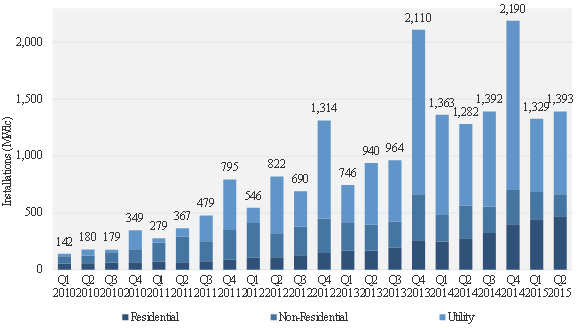A look at MEC’s policy priorities for 2016
A new year brings new opportunities, and at the Michigan Environmental Council, we’re ready to seize them.
What follows isn’t exactly a wish list for 2016, because we’re going to do a lot more than ask for these things and hope they come true. It’s also not a comprehensive list—we’ll be working on many other issues ranging from mining regulations to promoting recycling to getting more healthy food into schools.
That said, here are some of the key areas where we think our hard work—and the generous support of our financial contributors—will pay off in 2016.
Increased funding for programs that prevent lead poisoning. The Flint drinking water crisis has put a spotlight on the perils of lead poisoning. MEC President Chris Kolb was appointed co-chair of the state task force charged with reviewing what went wrong in Flint and recommending policies to prevent similar disasters elsewhere. The $28 million Gov. Snyder requested for Flint in his State of the State address is a necessary first step, but it’s only a down payment on what must be a long-term commitment of resources for Flint. MEC will hold the governor accountable to his pledge to set things right in Flint, and we will push for the necessary policy changes to ensure that drinking water is safe in other communities and that nothing like the Flint crisis happens again.
Our drinking-water-focused efforts will be part of MEC’s ongoing push this year and beyond to end lead poisoning in Michigan from all sources. Drinking water is one way our children are exposed to lead, but hazards also lurk in paint, dust and soil. Lead-based paint is a far-too-common exposure pathway all over the state. About 70 percent of the state’s homes were built before 1978, when lead paint was outlawed.
Statewide, more than 5,000 children in 2014 had blood lead levels above the threshold that, according to the Centers for Disease Control and Prevention, requires case management. Only 20 percent of children are tested each year, so the true figures are likely much higher. The CDC also notes there is no safe level of exposure to lead.
MEC and our partners in the Michigan Alliance for Lead Safe Homes have secured much-needed state funding in each of the past three years for programs to prevent lead poisoning and provide help to afflicted families. The state’s 2016 budget includes $1.75 million for those programs.
This year, the coalition’s goal is to increase state spending on these successful lead programs to $2 million for the next budget cycle.
A solid clean energy package. Last year came to a close without an overhaul of Michigan’s energy laws, which means the state’s renewable energy standard—the portion of their power utilities are required to generate from clean sources—is stuck at 10 percent. (By comparison, Minnesota has a goal of 25 percent renewable by 2025, and has already passed the 15 percent mark.) Putting a new energy package on the governor’s desk is a top legislative priority in the early months of 2016. Read more

















